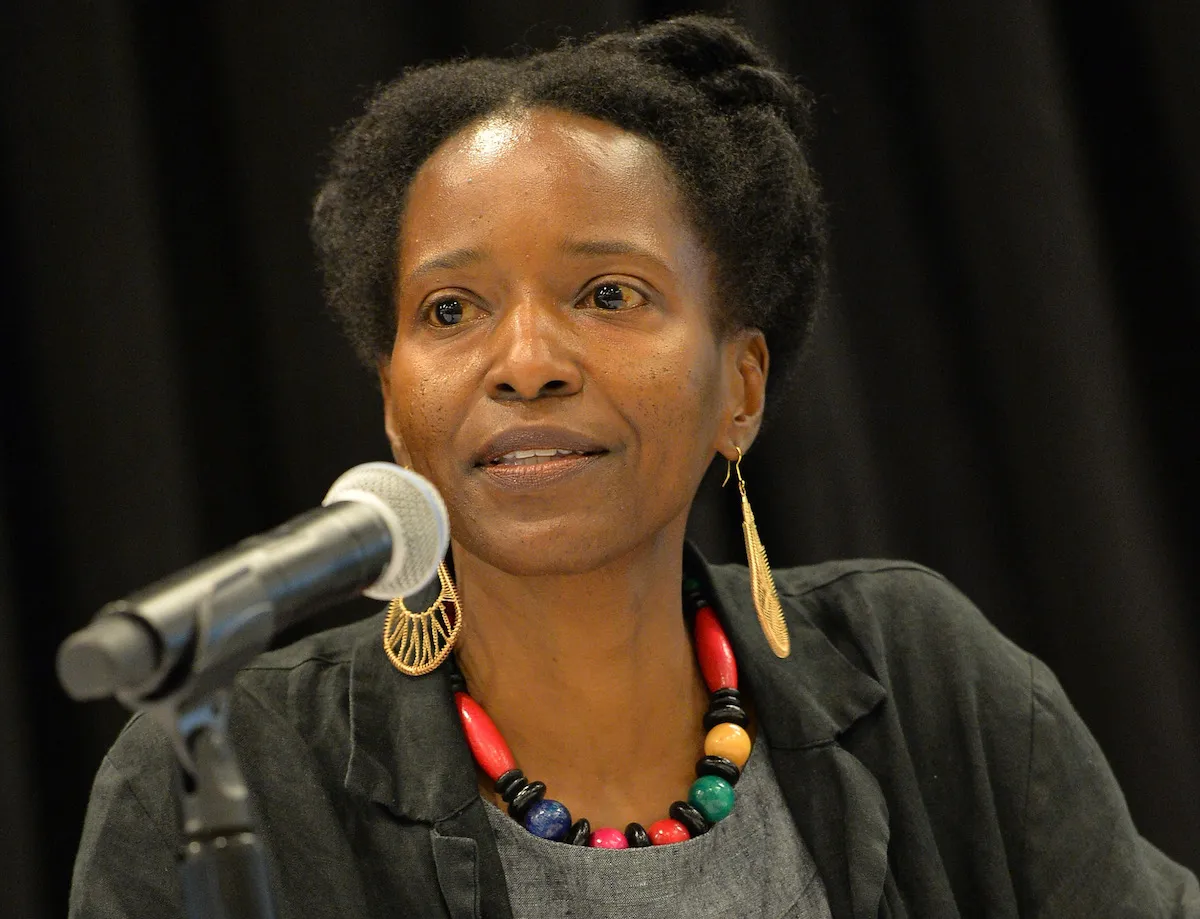
Alicia Henry, an artist whose sculptural works elegantly considered what it means to be seen, died on October 16 at 58. She had for the past two years been battling cancer, according to her Dallas-based gallery, Liliana Bloch.
Henry』s works mainly took the form of spare, muted installation-like pieces that were hung to gallery walls. Many represented faces, bodies, and body parts, and dealt with how identities are often unstable, left open to change and frequently impossible to pin down altogether.
She crafted her figures from wood, leather, linen, cotton, and other materials, and often hand-painted them in shades of brown and gray. Sometimes, she stitched her fabrics as well. She drew her inspiration from West African masks and her own memories, and said she wanted her work to speak to conceptions of race and gender.
「A common recurring image in my work is the human figure—the figure in isolation and the figure interacting with others,」 she once said. 「I am interested in exploring how gender (females particularly), race, cultural and societal differences affect the individual and groups.」
Many noted the quietude of her work. The acclaimed artist María Magdalena Campos-Pons, one of her most vocal admirers who had included her work in the 2023 Tennessee Triennial, told the Nashville Scene last year, 「The delicacy of that—the kind of soft, quiet, methodical, silent aspect of it—not only does that reflect her personality so well, but also talks to the history of making things in silence, which was the way of survival of Black culture. Part of the hidden power of her work resides in that modesty of gesture that, by consistency and commitment, becomes heroic.」
Born in 1966 in Illinois, Henry received her BFA from the Art Institute of Chicago, then studied at the Skowhegan School of Painting and Sculpture before receiving her MFA from the Yale University School of Art. After graduating Yale, she spent two years in Ghana in the Peace Corps, then taught at the Pine Ridge Reservation in South Dakota. Thereafter, she established her career in Nashville, working at Fisk University as a professor from 1997 until her passing.
Katharine A. Burnett, an English professor at Fisk and the chair of the school』s Arts & Language department, called Henry a 「bedrock of the Arts and Humanities at Fisk University」 in a statement.
Henry received a range of touted fellowships, including ones from the Guggenheim Foundation, the Ford Foundation, and the Joan Mitchell Foundation. In recent years, she was the subject of solo shows at the Power Plant in Toronto, the Art Gallery of Nova Scotia in Halifax, and Fisk』s Carl Van Vechten Gallery. In 2019, Campos-Pons also featured Henry』s art in a project staged as part of the Havana Biennial.
When she got representation in 2021 with London』s Tiwani Contemporary gallery, she began to receive greater recognition across the Atlantic. A Frieze review from that year praised her work as 「assemblages that challenge individualized Western conceptions of the genre.」
